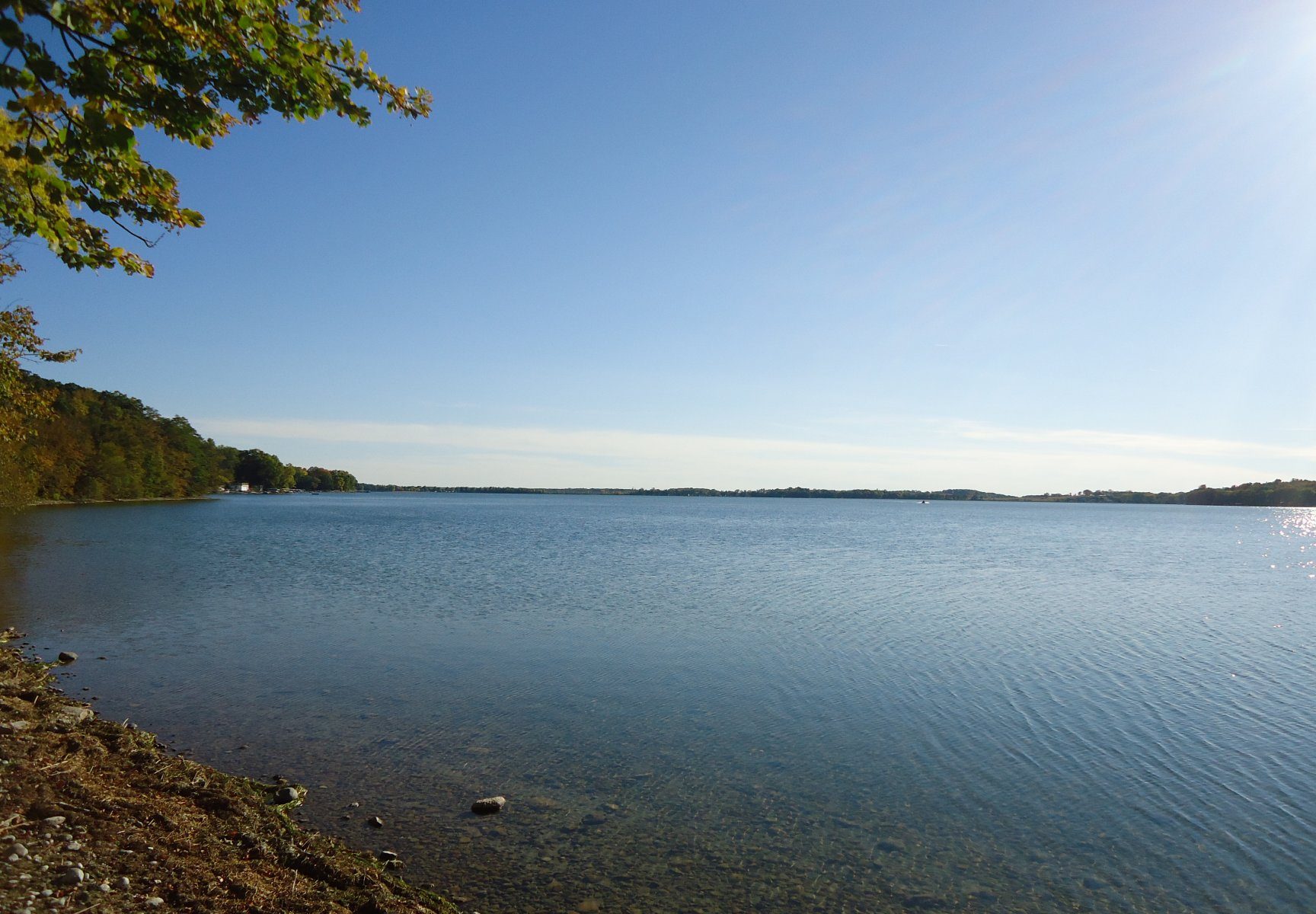LAKE WISCONSIN
COME, ENJOY, STAY!
If you are a lover of the water, Lake Wisconsin is the place to be. This small lake has a depth of seven feet, which makes it perfect for swimming and splashing around with your family and friends. It’s also an awesome place to fish for large mouth bass and panfish. With a surface area of 2074 acres, the water in this lake is fairly clear, but there are a lot of algae particles, making it an excellent place to fish.
Big Saint Germain Lake
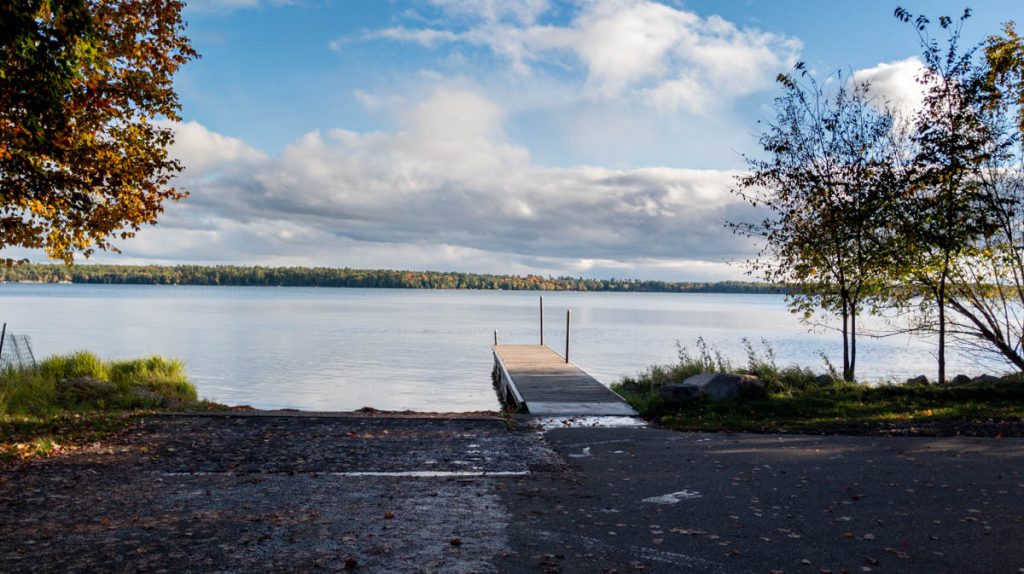
If you’re looking for a lake for fishing, boating, and other activities, consider Big Saint Germain Lake, which is located in Vilas County, Wisconsin. This lake is home to several species of fish, including largemouth bass, walleye, and northern pike. You can also enjoy hiking, kayaking, and boating on the lake, which is also home to public boat access.
This lake was named after St. Germain by the Indians, and it’s believed that he was buried on the south shore of the lake. In 1857, the U.S. government sent surveyors to the area to survey the land. In the same year, an Indian burial ground was discovered on the south shore of the lake. During the early 1800s, an expedition led by John Curran and Dutch Pete traveled up the Wisconsin River by canoe from Merrill to Eagle River, and they mention passing St. Germain Creek and Otter Rapids.
Green Lake
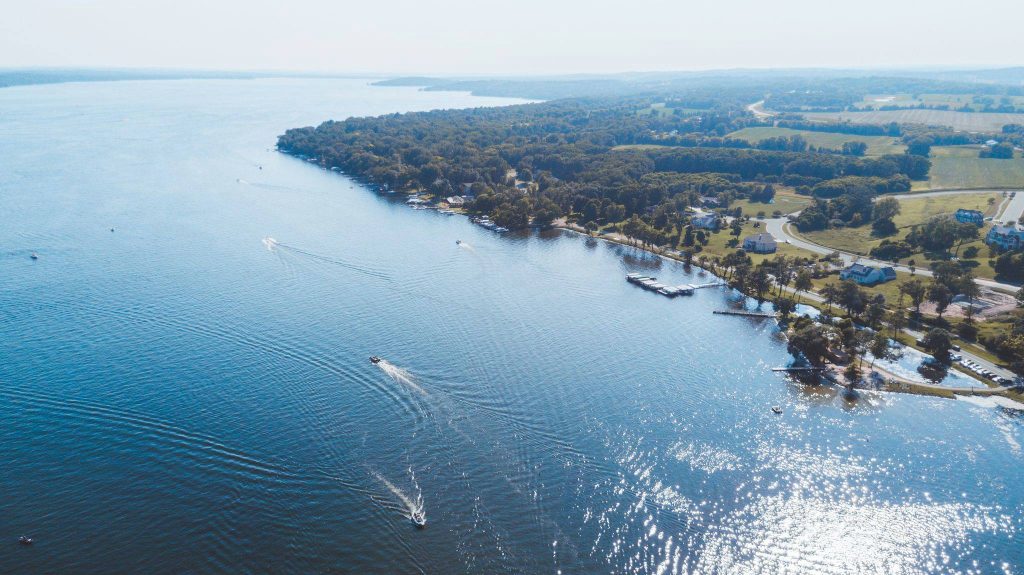
Green Lake, also known as Big Green Lake, is the deepest natural inland lake in Wisconsin. Its maximum depth is 237 feet, making it the state’s deepest lake. It is also the second largest natural inland lake by volume. It covers approximately 29.72 square kilometers. The lake is home to many fish and is the perfect place for swimming, fishing, and boating.
The water in Green Lake is exceptionally clean and pristine. The lake is spring-fed, which contributes to the quality of the water. The water is incredibly clear and oxygenated year-round, making it a great place for fish that are oxygen sensitive.
Lake Waubesa
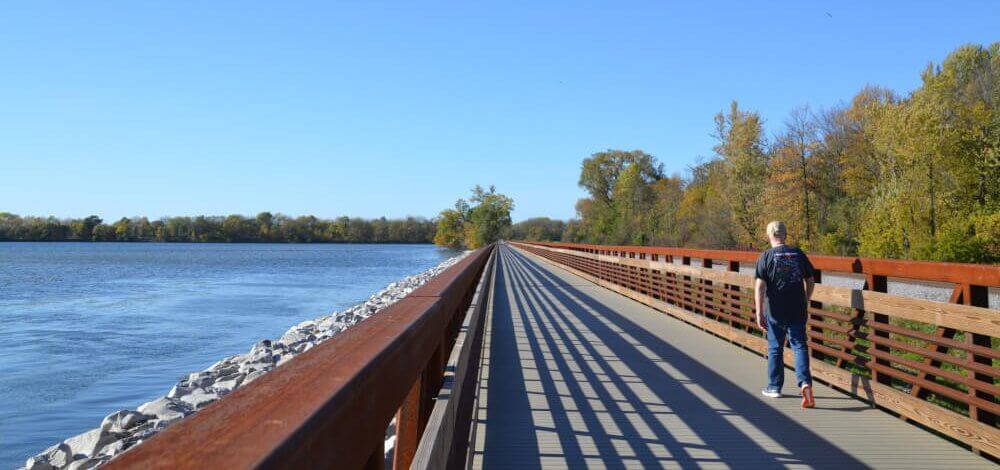
One of the four major lakes in Dane County, Wisconsin, Lake Waubesa surrounds the city of Madison, Wisconsin. It has a surface area of 2,074 acres and a maximum depth of 38 feet. It is a popular water recreation destination for families and individuals alike.
Many people have heard stories of Lake Waubesa monster encounters, but few people have ever actually seen this monster. The only known encounter occurred in the early 1920s, and this is the only documented case to date. After the 1930s, reports of monster sightings became less reliable.
Tichigan Lake
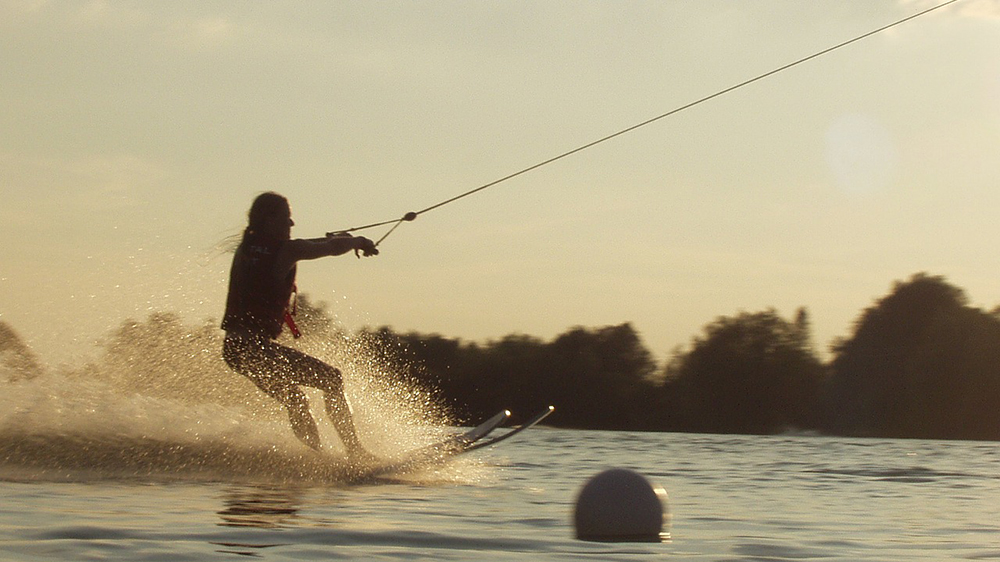
Tichigan Lake is a 279 acre lake in Racine County, Wisconsin. This inland lake is home to a variety of fish. You can catch largemouth bass, smallmouth bass, northern pike, and even some trout. It is open to fishing year-round. It also allows motor trollers. There are some rules for fishing on the lake, however.
Before you head out on your next fishing trip, consider checking out Tichigan Lake’s various amenities. These are sure to make your day more enjoyable!
Lake Chippewa
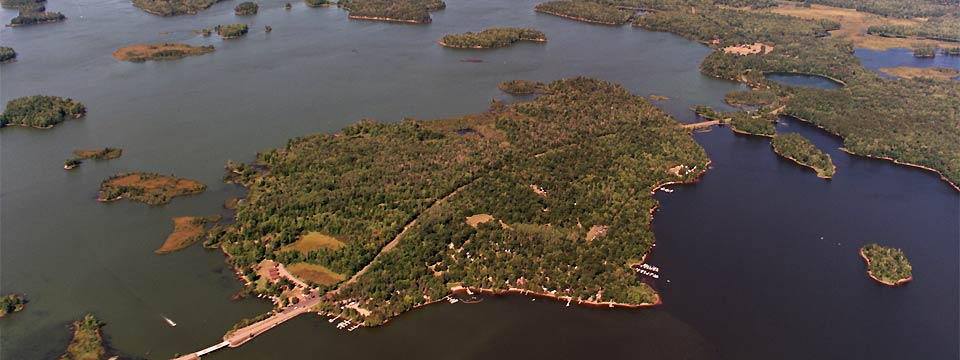
Lake Chippewa is a natural body of water located in northwestern Wisconsin. It is fed by the West Fork and East Fork Chippewa Rivers. The southern end of the lake is home to the Winter Dam. It is a popular vacation spot for tourists and locals alike.
The 14593-acre lake is home to some great fishing. The lake offers a variety of species, including largemouth bass, smallmouth bass, channel catfish, white crappie, walleye, and bluegill. It is open all year round, and there are six public boat landings. Fishing is legal with three hooks per boat and one hook per person.
Lake Monona
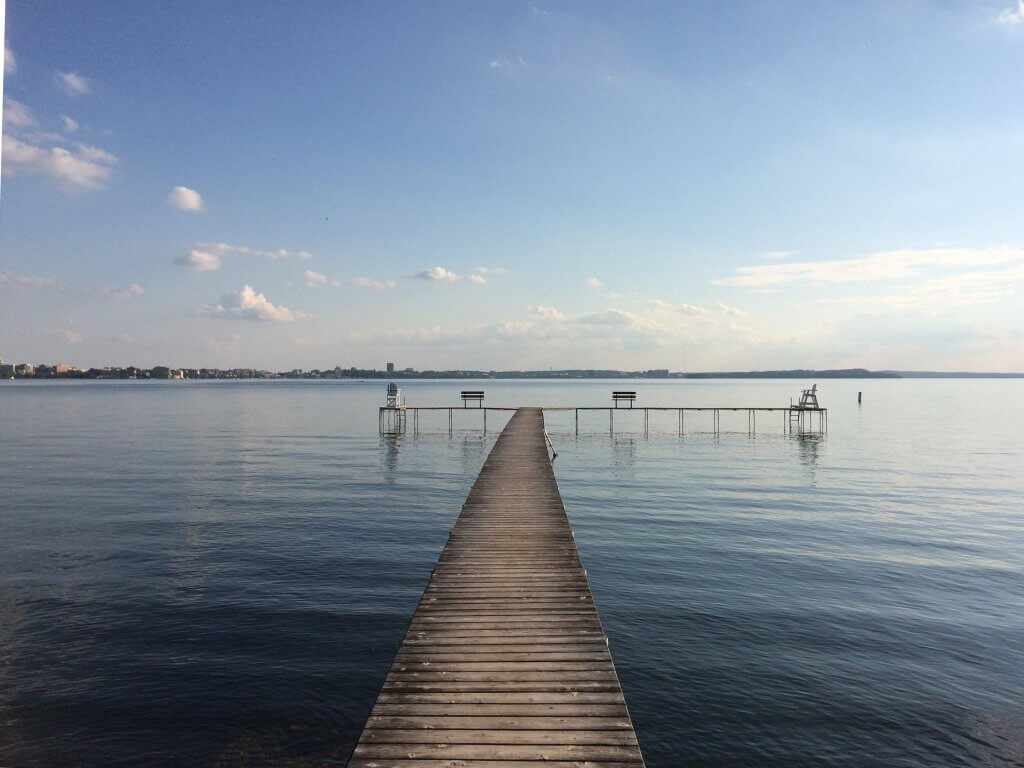
Located in Dane County, Wisconsin, Lake Monona covers an area of approximately 3359 acres and is the second largest lake in the Yahara chain. This inland lake is well-known for its great fishing, with a variety of fish species including walleye, bass, and muskellunge. The lake is accessible from a number of public boat landings and beaches.
In 2011, a cyanobacteria bloom caused beaches in Lake Monona to close for nearly half the year. This bloom was accompanied by a high E. coli count and a combination of both cyanobacteria and high levels of E. coli. Additionally, there were several days when the beaches were closed because of flooding.

